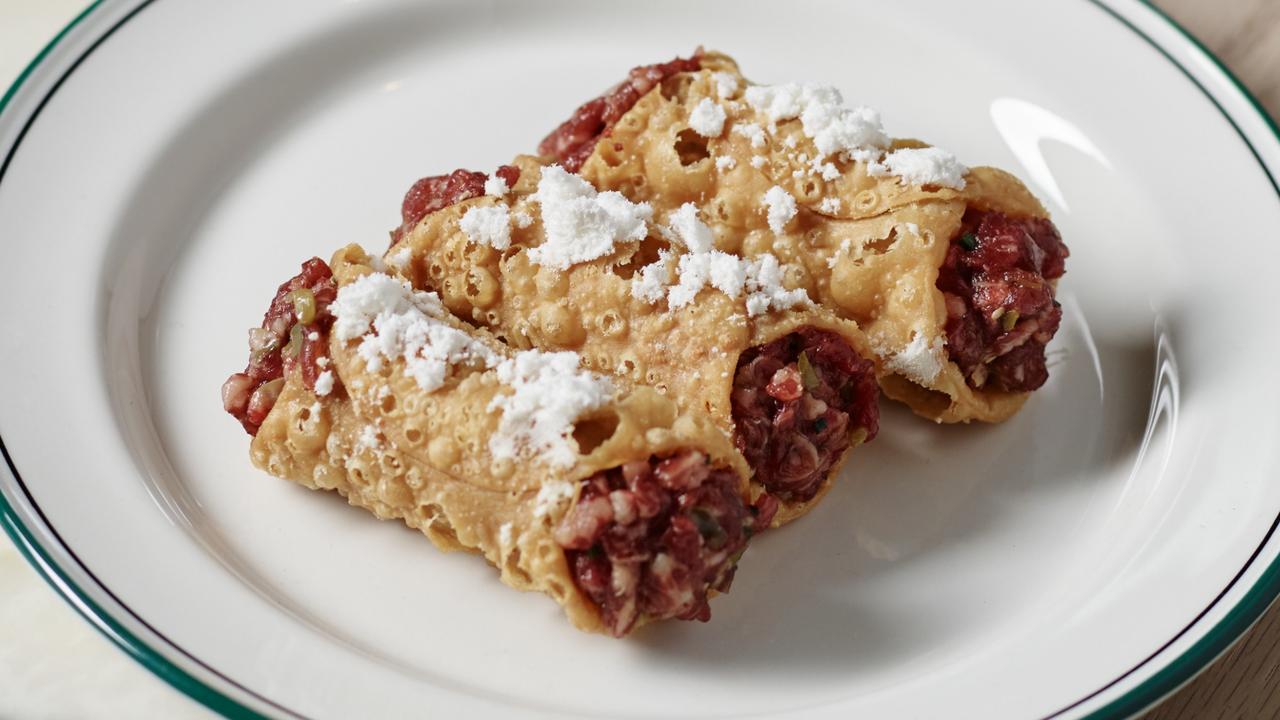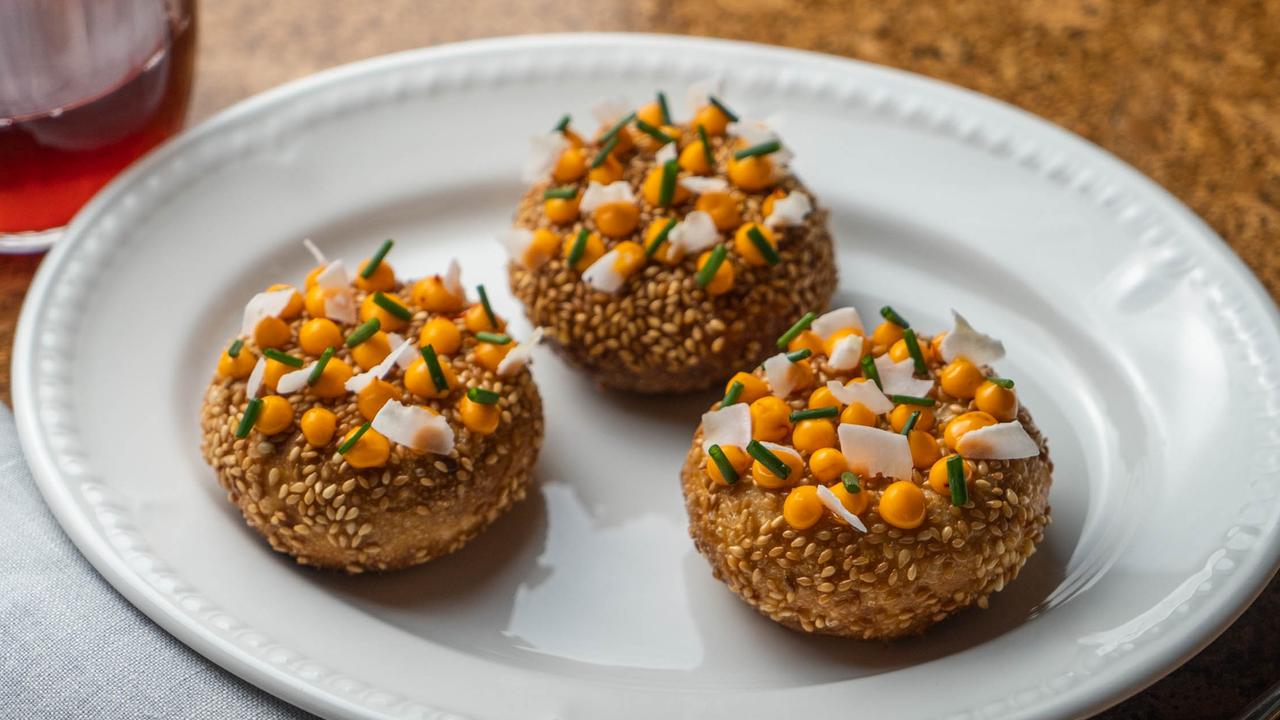Create the best-ever bolognese with these tips
TOP Melbourne chefs help you take your bolognese game to the next level with these handy hints.
delicious.100
Don't miss out on the headlines from delicious.100. Followed categories will be added to My News.
IT’S THE failsafe classic that’s found on dinner tables across the land. Its DNA might be Italian, but there’s a good case to be made for spaghetti bolognese as being Australia’s national dish.
For it’s hard to think of a meal cooked by so many – with almost as many variations – that’s equally at home in the middle of the family midweek dinner table as the uni student share house and that’s still ordered from menus in the fanciest of restaurants.
“If you ask for spaghetti bolognese in Italy, people will laugh at you,” Carmine Costantini, says. “Not because they are rude but because it doesn’t exist.”
We say spag bol, the Italians say tagliatelle alla ragu, but both are, in essence, pasta with a tomato-flavoured meat sauce, finished with cheese.
TOP KITCHEN HACKS FROM MELBOURNE CHEFS
Taught to him a quarter century ago in his home town of Modena (“I wasn’t allowed even near the pot for two years, I just had to watch”) and continually perfected since then, Carmine’s sauce of beef, veal and pork, braised for hours with celery, onion, carrot, tomato paste and loosened with wine is simple yet incredibly complex.
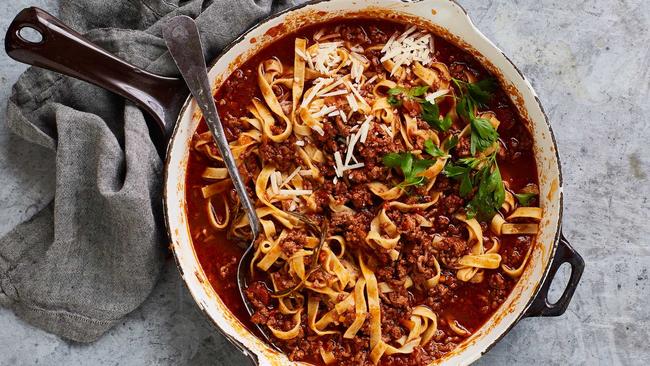
At his Richmond restaurant Pasta Adagio, “Carmine’s Ragu” is such a crowd-pleasing staple that the time poor can now buy it in jars to take home.
What elevates his sauce, Carmine says, is not the ingredients, but the method.
“It’s the three sticking points. When the vegetables start to stick on the base of the pan, then add your meat. And then once the meat starts to stick on the base, ‘unstick’ it with white wine. Then add tomato paste and wait for it to stick,” he says. “This is what I was taught.”
While there’s no denying Carmine’s method produces outstanding results, it’s just one way of making this sauce.
Our best Italian chefs have their own way of rocking a ragu. We’ve mined their minds so you can take your bolognese to next level brilliant.
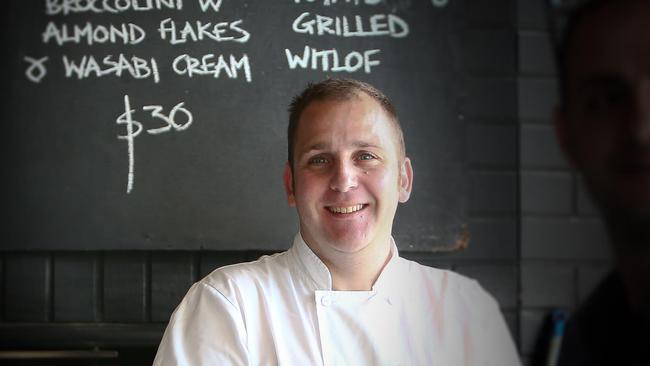
MEET THE MEAT
Most chefs use a mix of meats, with most favouring beef as the main protagonist.
“Classic Italian cookery and the ‘authentic’ recipe cite coarsely minced steak as the meat to use,” says Lino Maglione of San Giusto Cafe in South Melbourne.
“Traditional bolognese should be beef to me,” concurs Cecconi’s head chef Maurice Esposito, who likes to use beef chuck or shoulder.
“In Modena, the pig is king, so that is what we use,” says Carmine, who also adds beef neck to pork for the protein base of his ragu. Fellow Emilia-Romagnan, Tipo00’s Alberto Fava who hails from Bologna, uses similar meats but in a 2-to-1 ratio in favour of beef.
Other options include the 50/50 pork and veal mince favoured by Adam D’Sylva, or the triple threat of beef, pork and chicken that goes into Guy Grossi’s bolognese.
HOW TO MAKE THE PERFECT TOASTIE
TRUE TEXTURE
How that meat is then treated is the next consideration. At the very least, it should be a medium-coarse mince. “Meat that is ground too small can lose its flavour,” Lino says.
A dice of meat – 1-2 cm cubes – is favoured by Glenn Laurie of Little Black Pig and Sons. “I dice them for the texture and mouthfeel they provide when cooked,” he says.
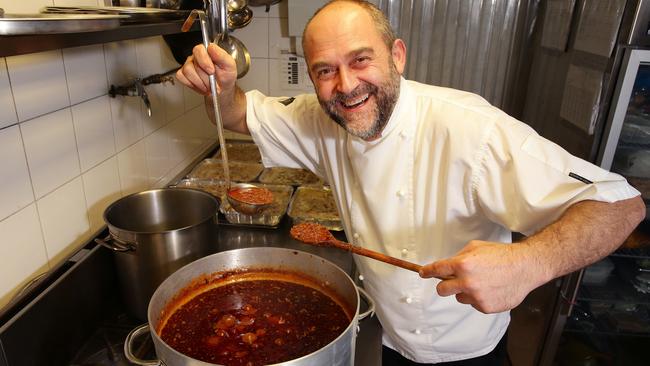
OFFALLY GOOD
Chicken livers are often added for an extra element of depth and richness. Pancetta, or prosciutto rind, are other additions that can help bolster the meaty base.
“In the old days offal was used, specifically chicken liver, which used to be added at the end of cooking,” Carmine says. “Also prosciutto and mortadella (were added) but not so much these days.”
Maurice adds pancetta or prosciutto offcuts if they are to hand. “You just need to be careful this doesn’t add too much salt, so taste, taste, taste!”
Alberto Fava suggests adding some pork sausage meat into the mix for an extra hit of flavour, while Adam D’Sylva reckons pork spare ribs are a great addition for both flavour and extra meaty bits to eat at the end.
BASE JUMPING
The first thing into the pot should be your base vegetables, or “sofrito” of diced celery, carrot and brown onion, according to most chefs. Sweat this down in olive oil/butter, until it starts to stick.
Not so fast, says Adam D’Sylva, who uses brown onion and garlic – “strictly no celery or carrot” – as the base before adding the meat.
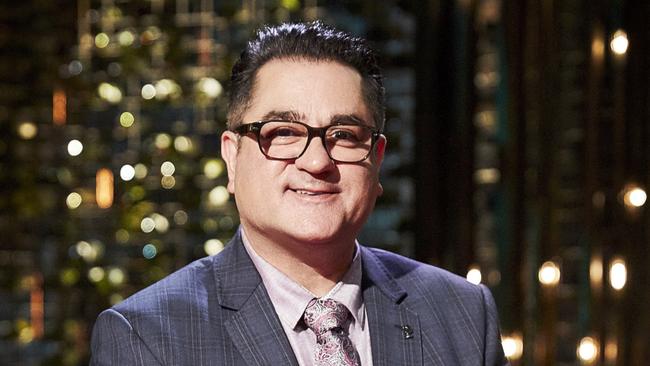
HERBS AND SPICES
This is a huge point of difference among our chefs. On one hand you have the pure austerity of Carmine’s ragu that’s seasoned simply – and only – with salt and pepper (“no herbs, no garlic, nothing!”) through to the exuberance of Guy Grossi’s sauce that incorporates nutmeg and clove with parsley, rosemary, bay leaves and basil. Many chefs add a sprinkle of nutmeg, while the addition of bay leaf is also popular.
“I add juniper, cinnamon and nutmeg for a more wintry feeling,” Glenn Laurie says.
WINE TIME
While some chefs steer clear of adding wine, preferring the flavour of the meat to shine, most agree adding red wine adds depth and colour to the sauce and brings out the best of the tomatoes. White wine is fine to use, and can even be preferable for the lightness it brings.
“Your bolognese should be slow cooked for long enough that the wine is adding depth, rather than dramatically changing the flavour,” Lino says.
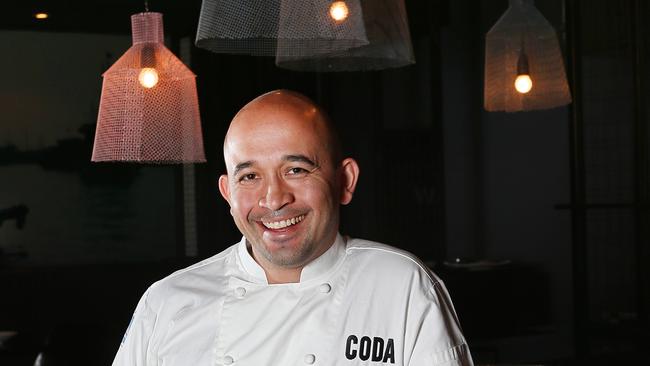
HOURS OF POWER
“Slow cooking is always the best way for bolognese – basically the longer the better,” Lino says. “Three hours or more. This gives you a rich flavour and tender meat.”
DAIRY BELLE
It’s the contentious, not-so-secret ingredient that many home cooks use to elevate their bolognese to best-ever status among family and friends, but it’s not used in a traditional tagliatelle al ragu.
So to add milk or not to milk, that is the question.
“I don’t add milk or cream,” says Alberto. However: “In Bologna they say if you’re going to use the ragu with dry pasta – rigatoni, penne, etc. – you can add milk at the end of the cooking time.”
For Carmine, milk is only added to his ragu when it then forms the base of a lasagne. “I reheat the ragu with milk as it takes away the acidity from the tomato and becomes creamier and lighter.”
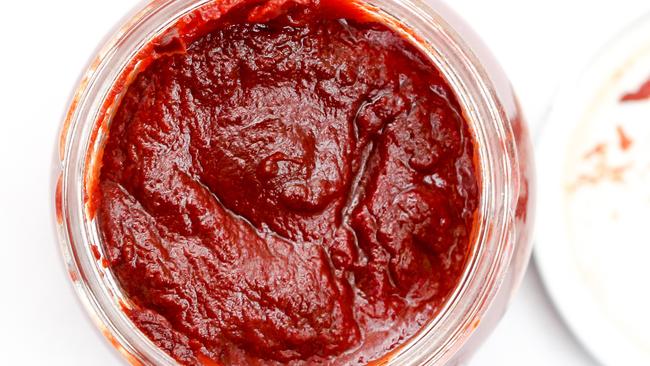
SILVER SERVICE
Fresh pasta will always give the best result – and it should always be tagliatelle, not spaghetti.
“A good trick is to put the pasta in straight from the pot just before it’s al dente and finish cooking it in the sauce,” Glenn says. “The pasta will take on more flavour and the sauce will coat the pasta.”
To finish, it’s parmigiano reggiano all the way.
According to Alberto, the bolognese should be slightly oily from the cooking, as this will help coat the pasta in sauce. “At the end of the day you are eating a bowl of pasta with the ragu, not lots of ragu with a little pasta,” he says.
TOMATO
For a deep richness to the sauce, many chefs prefer using only tomato paste and don’t add any canned/wet tomatoes. Carmine uses MUTTI tomato paste – a super-concentrated hit of tomato that adds flavour without water or raising the acidity.
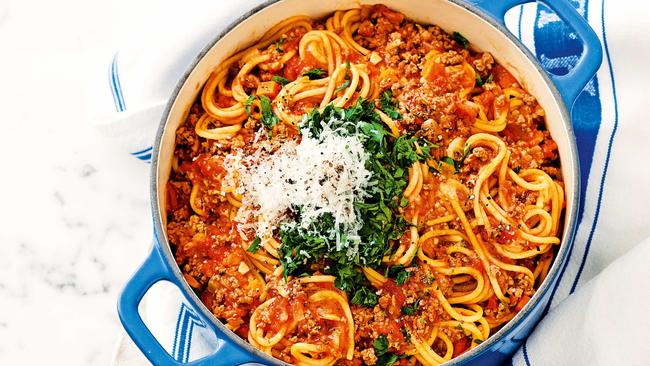
FEATURE RECIPE:
ONE-POT SPAGHETTI BOLOGNAISE
Serves: 6
Prep: 10 minutes
Cook: 20 minutes
1 tbsp extra virgin olive oil
1 brown onion, chopped
1 carrot, finely chopped
1 stalk celery, finely chopped
4 rindless shortcut rashers, trimmed, chopped
2 garlic cloves, finely chopped
600g beef mince
⅓ cup tomato paste
2 x 410g cans crushed tomatoes
3 cups chicken stock
6 sprigs fresh thyme
250g spaghetti
¼ cup chopped fresh parsley leaves
Extra chopped fresh flat-leaf parsley and grated parmesan, to serve
1. Heat oil in a large heavy-based flameproof casserole dish or non-stick saucepan over medium-high heat. Add onion, carrot and celery. Cook, stirring occasionally, for 3 minutes or until onion starts to soften. Add bacon. Cook for 3 minutes or until golden. Add garlic. Stir to combine.
2. Add mince to dish. Cook, breaking up mince with a wooden spoon, for 5 minutes or until browned all over. Stir in tomato paste, tomatoes, stock and thyme sprigs. Cover. Bring to the boil. Add spaghetti. Reduce heat to medium. Simmer, uncovered, for 15 minutes or until spaghetti is tender and sauce has thickened, stirring mixture every 5 minutes.
3. Remove pot from heat. Remove and discard thyme sprigs. Add parsley. Season with salt and pepper. Stir to combine. Serve topped with extra chopped parsley and parmesan.
RECIPE: Kim Coverdale, Super Food Ideas
PHOTOGRAPHY: Craig Wall

